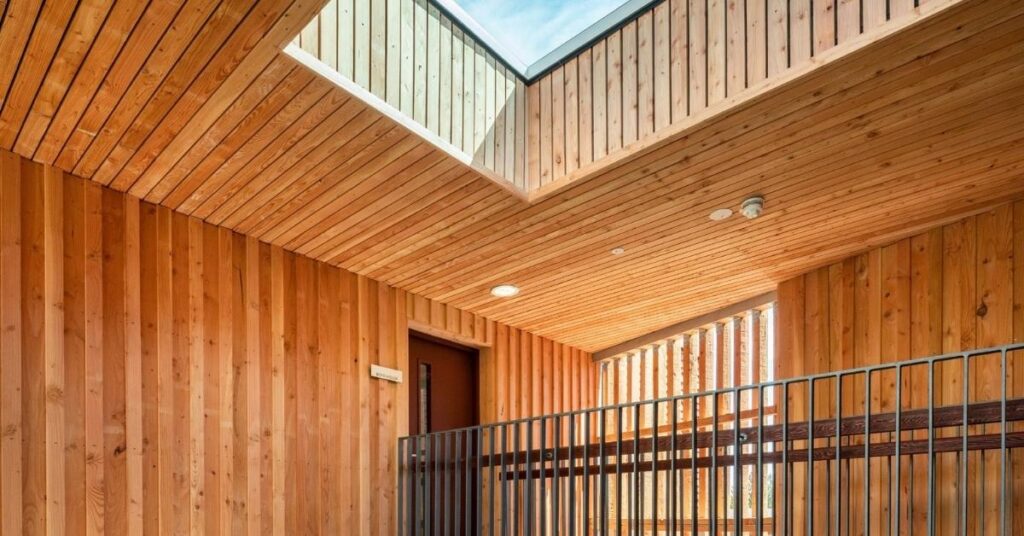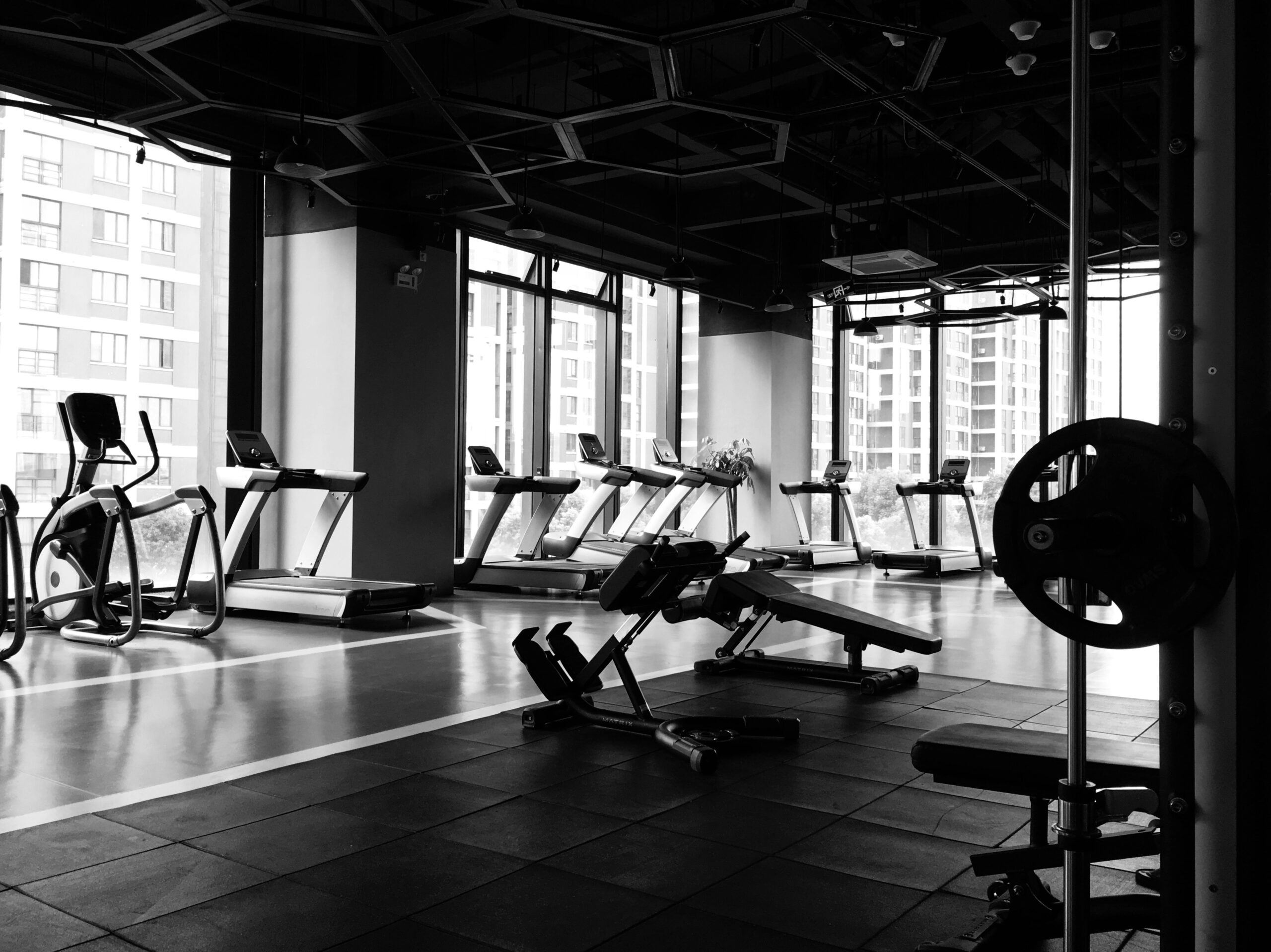Wood cladding is more than just a design choice for your home exterior; it’s a statement, a shield, and a touch of nature all rolled into one. In this comprehensive guide, we’ll delve into the world of wood cladding, exploring its benefits, types, installation, maintenance, and much more. Whether you’re a homeowner looking to enhance your property’s aesthetics or a builder seeking to elevate a structure’s appeal, this article is your go-to resource for understanding everything about wood cladding.
Table of Contents
What is Wood Cladding?
Wood cladding is the process of covering the exterior walls of a building with wood boards or panels. It serves both functional and aesthetic purposes, providing insulation, protection against the elements, and a visually appealing facade.
Benefits of Wood Cladding
- Enhanced Insulation: Wood naturally provides thermal insulation, helping to regulate indoor temperatures and reduce energy costs.
- Natural Aesthetics: The warmth and beauty of wood add a timeless appeal to any structure, creating a welcoming ambiance.
- Durability: With proper maintenance, wood cladding can last for decades, standing strong against weathering and wear.
- Versatility: From traditional to contemporary designs, wood cladding offers endless possibilities for customization to suit any architectural style.
Types of Wood Cladding
- Horizontal Cladding: Planks installed parallel to the ground, offering a classic look reminiscent of rustic cottages.
- Vertical Cladding: Boards arranged vertically for a modern and sleek appearance, ideal for urban settings.
- Shingle Cladding: Overlapping wooden shingles or shakes, providing a textured surface with a rustic charm.
- Panel Cladding: Large wooden panels for a seamless and minimalist aesthetic, popular in modern architecture.

Installation Process
Installing wood cladding requires careful planning and precise execution. It involves preparing the walls, measuring and cutting the boards, applying a moisture barrier, and securing the cladding in place with nails or screws.
Maintenance Tips
To prolong the life of your wood cladding, regular maintenance is key. This includes cleaning the surface to remove dirt and debris, inspecting for any signs of damage, and applying a fresh coat of sealant or paint as needed.
Environmental Impact
Wood cladding is an eco-friendly choice compared to synthetic materials. Wood is renewable, biodegradable, and has a lower carbon footprint, making it a sustainable option for environmentally conscious homeowners.
Cost Considerations
While the initial cost of wood cladding may be higher than some alternatives, its longevity and timeless appeal make it a worthwhile investment in the long run. Additionally, the variety of wood species and installation methods offer options to fit various budgets.
Design Inspirations
From cozy cabins nestled in the woods to contemporary residences in bustling cities, wood cladding complements a wide range of architectural styles. Draw inspiration from nature’s palette and explore creative ways to incorporate wood into your exterior design.
FAQs
Is wood cladding suitable for all climates?
Yes, wood cladding can withstand various climates, but proper maintenance is essential, especially in regions with extreme weather conditions.
How often should wood cladding be repainted or refinished?
It depends on factors such as exposure to sunlight and moisture levels, but typically every 5-7 years is recommended.
Can wood cladding be installed over existing siding?
Yes, it’s possible to install wood cladding over existing siding, but proper preparation and insulation are necessary for optimal results.
Does wood cladding require a lot of upkeep?
While wood cladding does require periodic maintenance, such as cleaning and sealing, the effort is minimal compared to the timeless beauty it provides.
Can wood cladding be recycled at the end of its life cycle?
Yes, wood cladding can be recycled or repurposed, contributing to sustainable building practices and reducing environmental impact.
Wood cladding offers a perfect blend of form and function, making it a top choice for homeowners and architects alike. With its natural beauty, durability, and versatility, wood cladding continues to stand the test of time, adding character and charm to buildings around the world.




